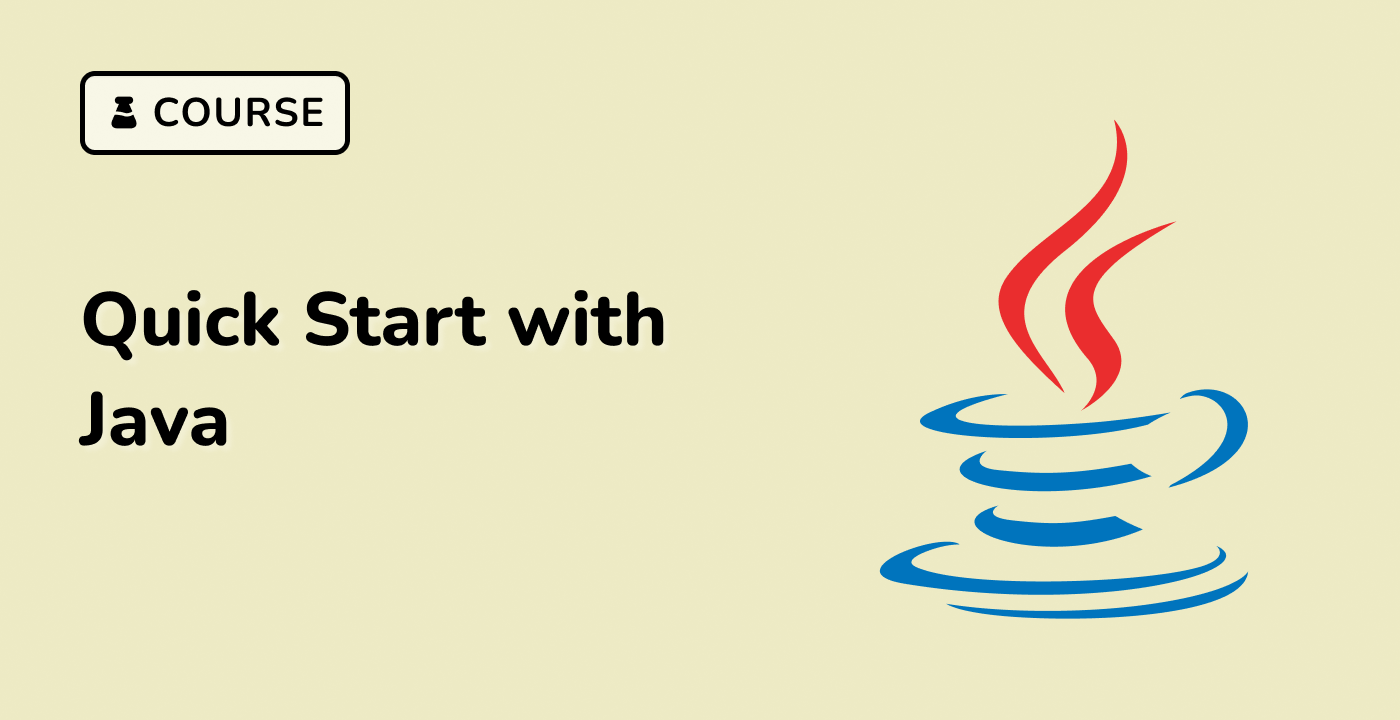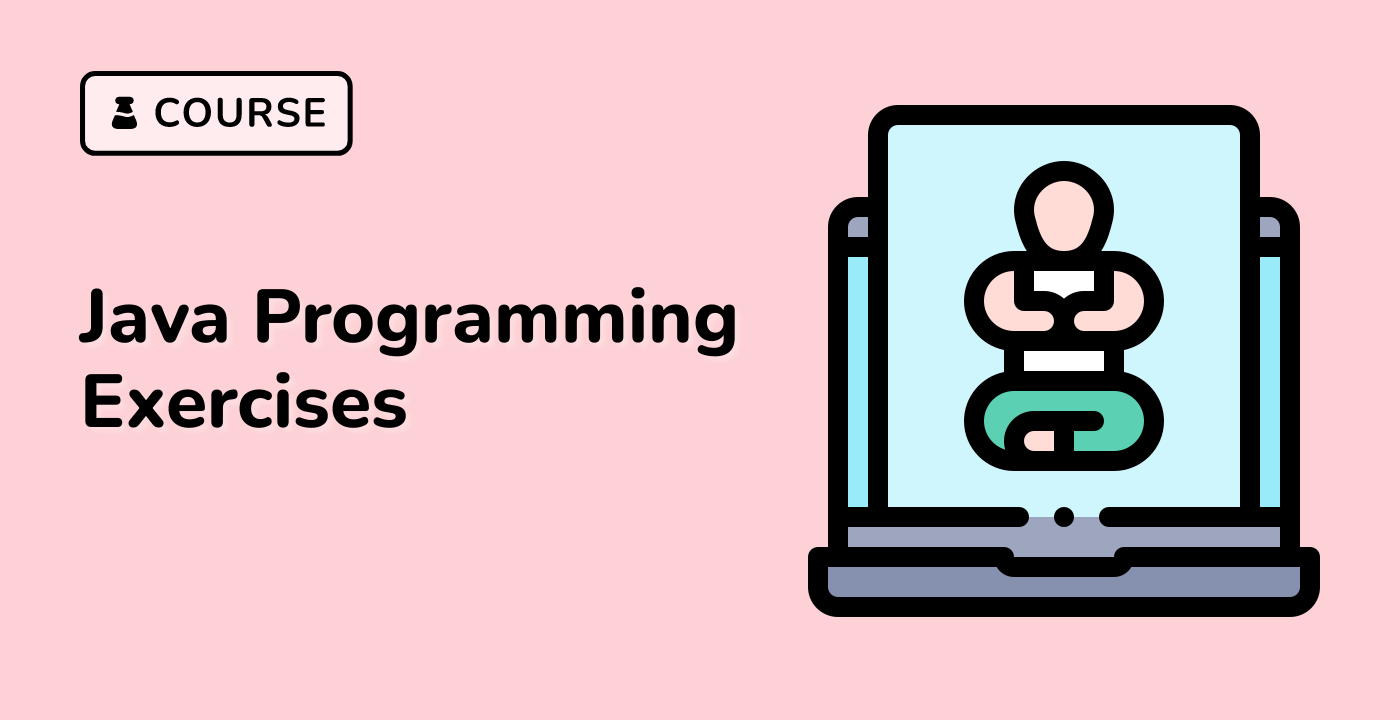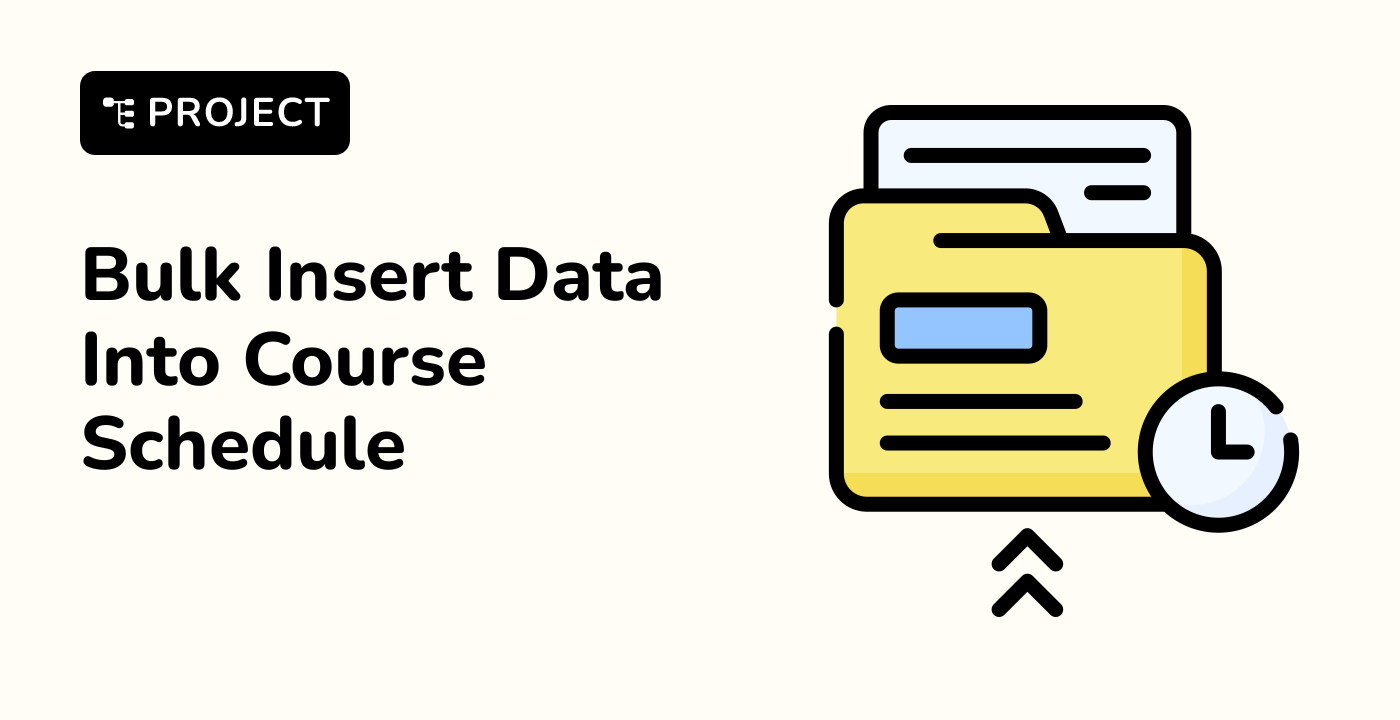JSONObject Fundamentals
Introduction to JSONObject
JSONObject is a class provided by the org.json library that represents a JSON object in Java. It allows developers to create, manipulate, and parse JSON data efficiently.
Creating JSONObject
Method 1: Empty Constructor
JSONObject jsonObject = new JSONObject();
Method 2: From String
String jsonString = "{\"name\":\"John\", \"age\":30}";
JSONObject jsonObject = new JSONObject(jsonString);
Method 3: From Map
Map<String, Object> map = new HashMap<>();
map.put("name", "Alice");
map.put("age", 25);
JSONObject jsonObject = new JSONObject(map);
Key Operations
Adding Key-Value Pairs
JSONObject jsonObject = new JSONObject();
jsonObject.put("username", "developer");
jsonObject.put("isActive", true);
Retrieving Values
String username = jsonObject.getString("username");
boolean active = jsonObject.getBoolean("isActive");
JSONObject Methods
| Method |
Description |
Return Type |
put() |
Add key-value pair |
void |
get() |
Retrieve value by key |
Object |
has() |
Check if key exists |
boolean |
remove() |
Remove key-value pair |
Object |
length() |
Get number of keys |
int |
Nested JSONObject
JSONObject mainObject = new JSONObject();
JSONObject addressObject = new JSONObject();
addressObject.put("city", "New York");
addressObject.put("zip", "10001");
mainObject.put("address", addressObject);
JSON Parsing Workflow
graph TD
A[Receive JSON Data] --> B[Create JSONObject]
B --> C{Validate Keys}
C --> |Valid| D[Extract Values]
C --> |Invalid| E[Handle Error]
D --> F[Process Data]
Error Handling
try {
JSONObject jsonObject = new JSONObject(jsonString);
// Process object
} catch (JSONException e) {
// Handle parsing errors
System.err.println("Invalid JSON: " + e.getMessage());
}
- Use
has() before accessing keys
- Handle potential
JSONException
- Consider alternative libraries for large-scale processing
LabEx Insight
At LabEx, we emphasize understanding JSONObject as a fundamental skill for Java developers working with web services and data exchange.




